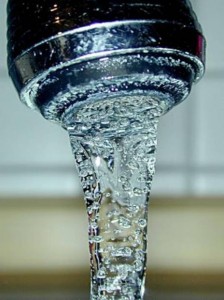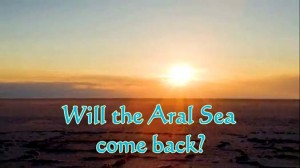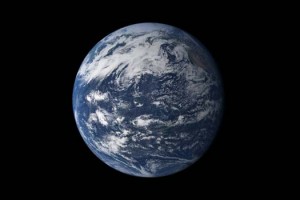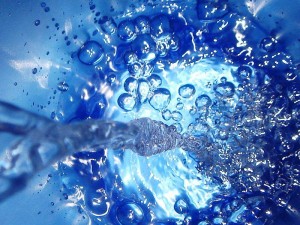Americans ingest more that 200 million prescription drugs like antidepressants every year. Between women seeing gynecologists and their children seeing obstetricians, over 210 million antibiotics were prescribed. Internists generate nearly 1.5 million antibiotic prescriptions per week. In the UK, the number of antidepressant prescriptions is 24 million.
Photo: Alex Anlicker
Add to this the use of medicines for family pets and in agriculture, and the amount of pharmaceuticals used in the US and UK runs into the hundreds of thousands of tons. What happens to these pharmaceuticals once they’ve been ingested and have accomplished their task? Read more












